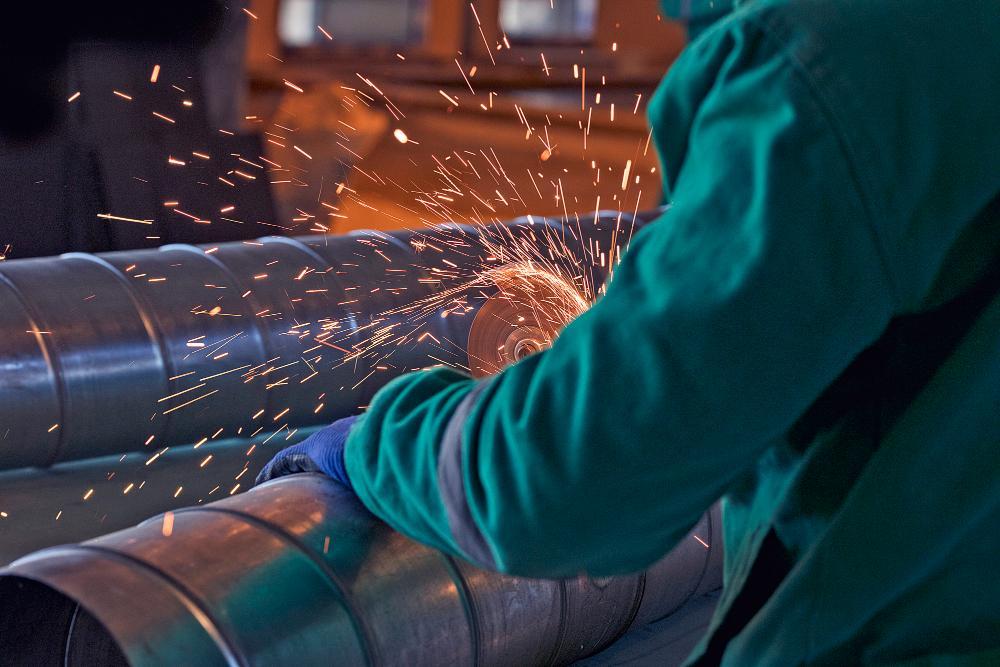
Beyond the Blueprint: The Artistry of Metal in Architectural Expression
Metal has long transcended its fundamental role as a mere building material, evolving into a pivotal structural steel welding element in architectural expression. From the foundational beams supporting towering structures to the intricate decorative accents that define a building's character, its versatility is unmatched. Architects and designers increasingly turn to metal not just for its inherent strength but for its remarkable ability to convey elegance, modernity, and timeless appeal. This dynamic material offers a canvas for innovation, allowing for forms and finishes that continually redefine our urban landscapes.
The journey of metal in construction is a testament to human ingenuity, spanning millennia from rudimentary tools to sophisticated contemporary designs. Early civilizations utilized metals for their durability, while the Industrial Revolution ushered in an era where iron and steel became the backbone of monumental engineering feats. Today, advanced metallurgy and fabrication techniques have unlocked unprecedented creative potential, enabling structures that challenge conventional perceptions of stability and aesthetics. This evolution underscores metal's enduring significance.
What truly sets metal apart is its capacity for both robust structural integrity and delicate artistic detail. It provides the skeletal framework for skyscrapers while simultaneously crafting the most intricate embellishments. This duality allows for designs that are both exceptionally resilient and visually captivating. The precision required for such undertakings often calls for specialized expertise in custom iron fabrication, ensuring that every component meets rigorous standards of both form and function, seamlessly integrating into the overall vision.
The blend of durability and aesthetic flexibility makes metal an indispensable resource for contemporary architecture. It can be shaped, polished, patinated, and finished in countless ways, offering a rich palette for design. For those seeking master craftsmanship, finding skilled artisans like those at Ivory Iron Works near me is crucial. Such specialists bring an unparalleled level of artistry and technical proficiency to every project, transforming raw materials into architectural masterpieces that stand the test of time and elevate any space.
The collaborative synergy between visionary architects and adept metalwork specialists is where true magic happens. It’s a process where initial concepts are meticulously translated into tangible forms, pushing the boundaries of what is structurally possible and aesthetically pleasing. This partnership ensures that every curve, every joint, and every finish contributes to a cohesive and impactful design narrative. It is through this intricate dance of design and execution that metal's full potential is realized.
Metal's inherent strength, coupled with its malleability, allows for architectural solutions that are both ambitious and practical. It supports vast open spaces, enables soaring facades, and forms intricate patterns that play with light and shadow. This material truly empowers architects to envision and construct structures that are not only functional but also deeply expressive, embodying a unique blend of engineering prowess and artistic sensibility that defines modern architectural achievements.
Key Applications and Considerations
- Structural Frameworks: Steel and iron provide unparalleled strength-to-weight ratios, enabling large spans and tall buildings. Advantages include rapid construction and design flexibility. Limitations can involve corrosion risk without proper treatment.
- Decorative Elements: From ornate gates to intricate balustrades, metal adds character and security. Offers extensive customization and aesthetic appeal. Requires specialized skills for complex designs and can involve higher initial costs.
- Exterior Cladding & Roofing: Metals like copper, zinc, and aluminum offer durability and weather resistance. Benefits include longevity and unique visual textures. Considerations include thermal expansion and potential for patination over time.
Expert Perspectives on Metal in Design
A prevailing trend in modern architecture celebrates the honest expression of materials, with exposed metalwork taking center stage. Architects often choose to reveal the structural components, showcasing the raw beauty of steel beams, columns, and trusses. This approach not only lends an industrial-chic aesthetic but also communicates transparency and integrity in design. It highlights the material's inherent qualities, moving away from concealment towards a bold and unadorned presence within the built environment. 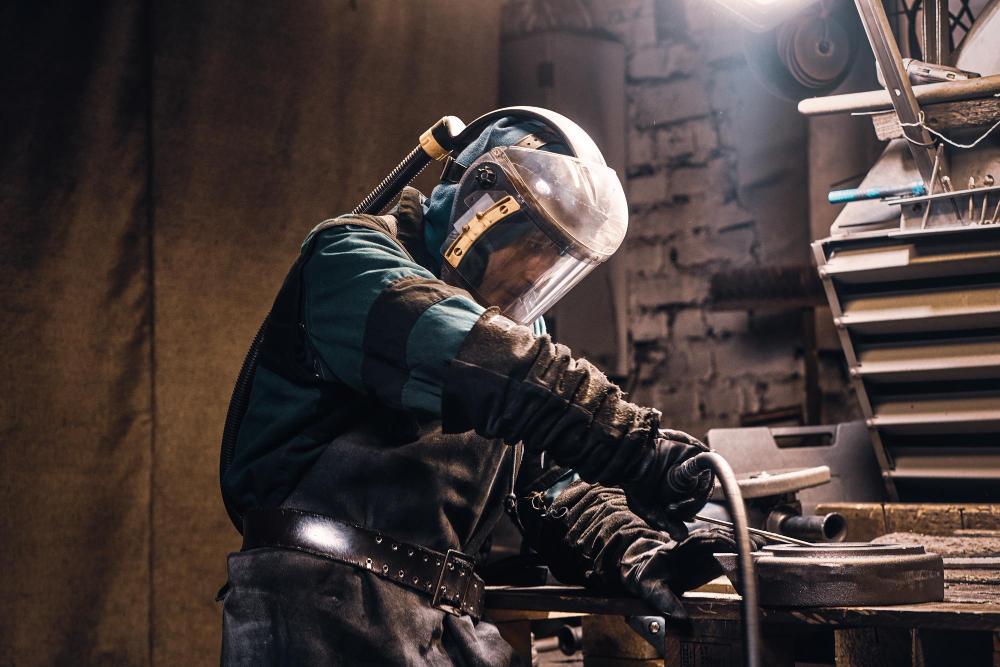
The challenge lies in striking a harmonious balance between the stringent demands of structural engineering and the expansive realm of artistic vision. This delicate equilibrium is often achieved through the expertise of local steel and iron contractors who possess both the technical acumen and the creative sensibility. Their ability to interpret complex blueprints and execute them with precision is vital, ensuring that safety and stability are never compromised for aesthetic ambition.
Technological advancements have profoundly transformed metal fabrication, opening doors to previously unimaginable architectural forms. Techniques such as laser cutting, waterjet cutting, and advanced CNC machining allow for intricate patterns and precise components. These innovations empower a decorative iron works company to create highly detailed facades, bespoke installations, and unique features that truly distinguish a building, pushing the boundaries of design and material manipulation.
Material selection is another critical aspect, with architects meticulously weighing the properties of different metals. Steel offers immense strength for structural applications, while aluminum provides lightness and corrosion resistance for cladding. Copper and bronze are prized for their distinctive patinas and longevity, often chosen for their evolving aesthetic. Each metal brings its own set of characteristics, influencing the building's performance, appearance, and long-term sustainability.
The integration of metal into residential architecture has seen a significant surge, with homeowners increasingly valuing both durability and distinctive design. Services like residential iron fabrication services cater to this demand, crafting custom iron railings and gates that enhance security while simultaneously elevating curb appeal. This focus on bespoke solutions allows for personalized touches that reflect individual style and integrate seamlessly with the home's overall architectural language.
Concluding Observations
The role of metal in architectural expression is undeniably profound, serving as both the unwavering skeleton and the intricate skin of our built environment. Its capacity to be both structurally vital and aesthetically captivating ensures its continued prominence in design. As architects continue to innovate, metal remains a material of choice for its enduring strength, remarkable versatility, and timeless elegance.
Looking ahead, the ongoing evolution in metalworking techniques, coupled with a deeper understanding of material science, promises even more groundbreaking applications. The collaborative spirit between designers and skilled fabricators will continue to be the cornerstone of transforming ambitious visions into tangible, inspiring structures that define our future skylines.
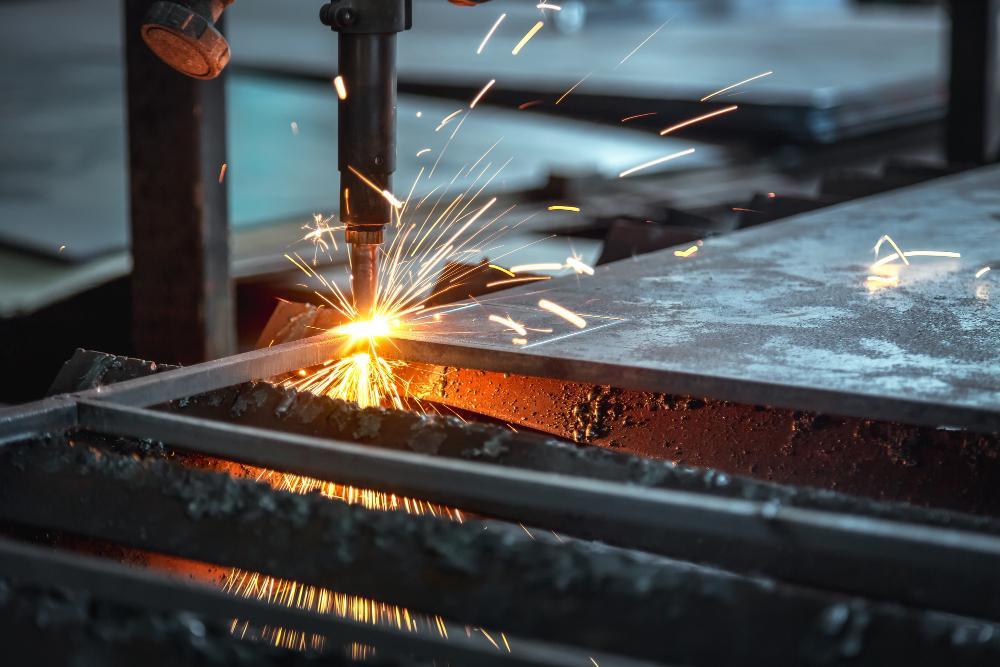
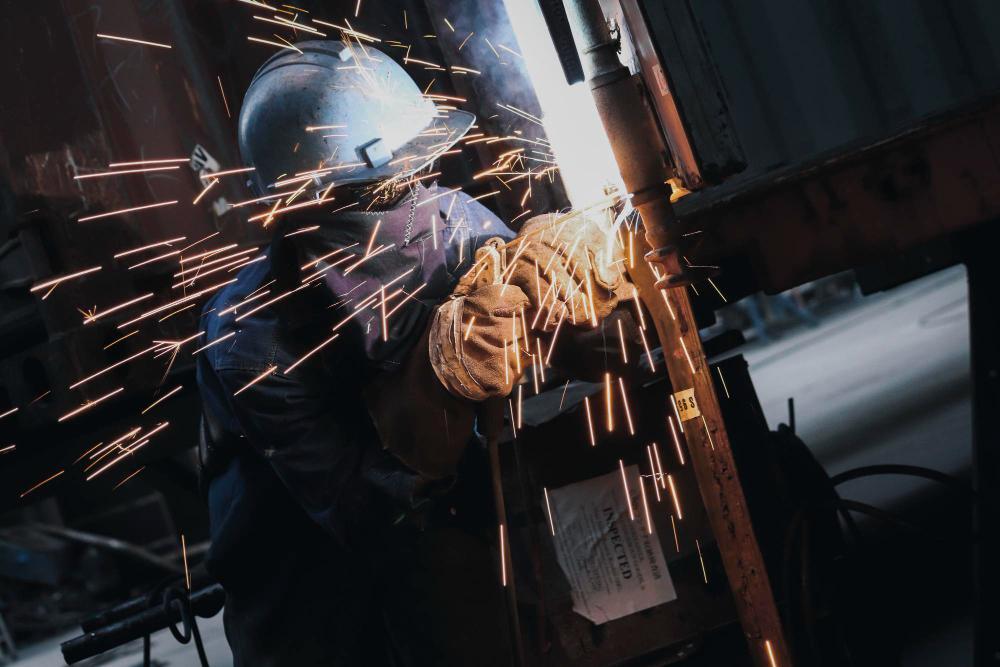
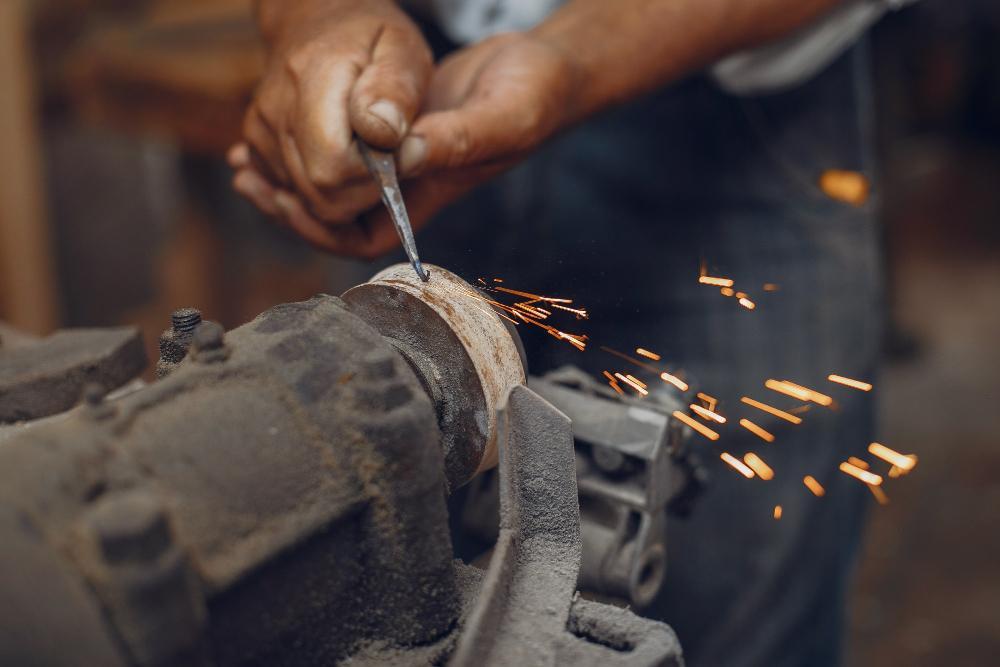
Comments (0)